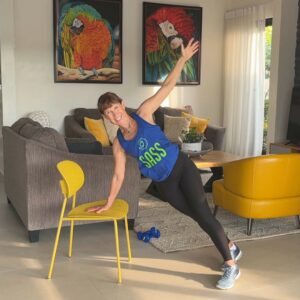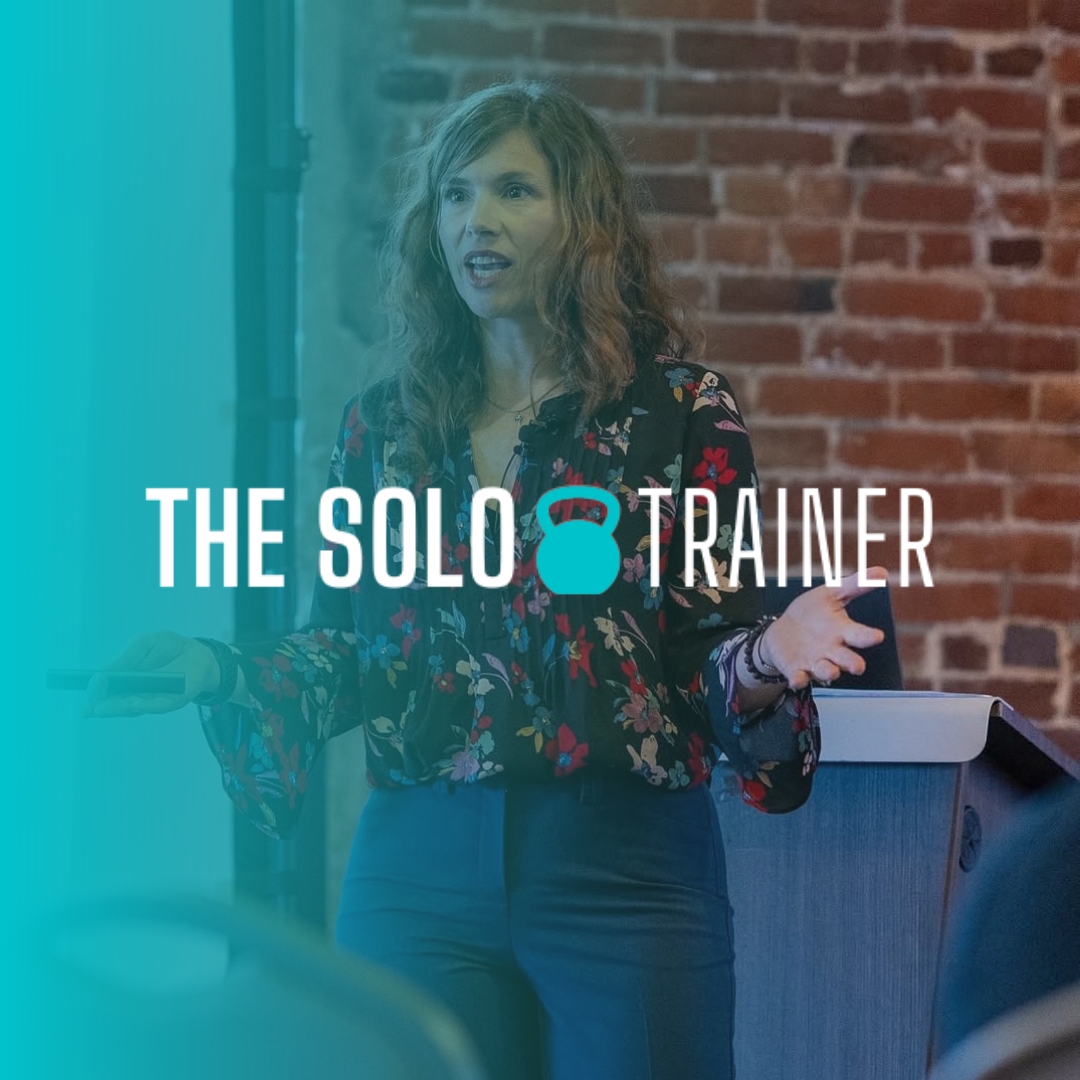So how do you spend less time worrying about what’s next and more time creating moments that matter? It all starts with being prepared.
Preparation doesn’t have to be complicated—it’s about having the right tools, structure, and system in place. Before diving in, make sure you know the goal and target audience for your class. Once that foundation is set, it’s time to put your plan into motion with smart, intentional class design.
Here are 5 essential tools to help you plan unforgettable classes so you can spend less time on the reps and more time coaching for connection.
1. Construct System
Fitness thrives on consistency. We see improvement and growth when we can practice and perfect movements. This is why a structured and repeatable class construct can help your participants see their progress.
A class construct is a simple recipe for a great experience. Take some time to brainstorm on what ingredients should be used in your warm-up, the body of class, and the cool down. Think of these ingredients as buckets of content. In other words, don’t be specific as to “Standing Cat and Cow” but rather “Thoracic Spinal Movements” so that many elements can fit into your ingredients bucket. This allows you to plug in different movements to add variety to your class.
Once you know the ingredients, design it.
Or want to skip this step completely? Great, because we have already taken care of this for you with our MyFIIT and SASS Programs. Check them out today!
2. An Exercise Library System
Now it’s time to build the specifics of your ingredient buckets. You need a way to list all of the exercises you are about to collect in this step. Your List Builder can be as simple as a Word/Google Document or a Trello board where you can create a checklist per each ingredient bucket.
Research and brainstorm on as many different exercises as possible that will fit within each bucket. If one of your buckets is “Lateral Moving Cardio”, then draft a list of as many different examples as you can.
Consider using exercise libraries provided by equipment and education companies, as well as by industry experts. Take specific workshops and training that will expand your knowledge base, but make sure you log what you learn in your List Builder before you forget.
3. A Rotation System
Yes, consistency is key to fitness improvement, but variety is the spice of life, right? To help you quickly create new classes based on your class construct, create a bucket rotation system.
By using the class construct and exercise library, you can quickly plug in new movements without having to create and memorize an entirely new class plan. This allows for you to keep consistency throughout each class, while still offering “new” ideas for you and your participants.
For example:
Week 1 – Change exercises for the Warm-Up buckets only
Week 2 – Change the exercises of 1 bucket from the class body
Week 3 – Change the exercises of another bucket from the class body
Week 4 – Change the exercises of the cool down buckets only
The class construct & buckets (the ingredients) will remain the same, while the exercises themselves will change. Without a checklist, it’s hard to track what you changed the week prior. So create a quick list with your rotation – keeping in mind, it can be as long as you want/need. You can add this checklist to the top of your List Builder or as an additional chart in your Chart Design to help you track.
4. A Storage System
Have you heard of the 4 Rs? Recycle, Reuse, Reduce and Repurpose. Not only will these save the planet, but they will also save your time, effort, and energy. It bears repeating that consistency is the key to fitness improvement. While above we talked about a Rotation System that helps you maintain consistency and variety at the same time, it’s important to remember that you can and SHOULD absolutely repeat an entire class plan. But you need a system to store the class plans.
As you create your classes, you are going to type or write the exercises into your chart, allowing you to quickly print off your creation to take to class to guide you. If you are using a chart builder like Google Slides, you can simply create a new slide within the document so that all class plans are saved in one location. If you are printing your class plans, you can store them in a binder or folder.
5. A Rating System
Once you teach a class, make sure to write notes to your future self. What about the class plan was great, needed improvement, or should be changed the next time you teach that particular class? Having a rating system allows your future self to decide what class plans to repeat and what to change about a class plan to make it successful. Don’t rely on your memory to retain all this information—write it down, rate the class, and store it for later use.
By using all of these systems, you can quickly create a class in minutes. Use your saved creation time to focus on crafting the following experiential pieces of your class: class welcome, new cues, music playlist, partner or group-based activities, class questions, focused mantras and meditations or endings.
Remember, the magic of group fitness happens during those moments in class —not through your new choreography or exercise selection.
Not sure where to start?
Enroll in our Starter Kit to unlock
1. a 30-Minute MyFIIT workout
2. Chia Pudding recipe video,
3. a 2- minute guided meditation, and
4. 3 ways to make social media easier.











